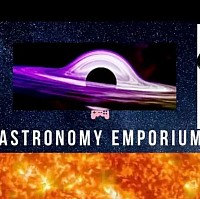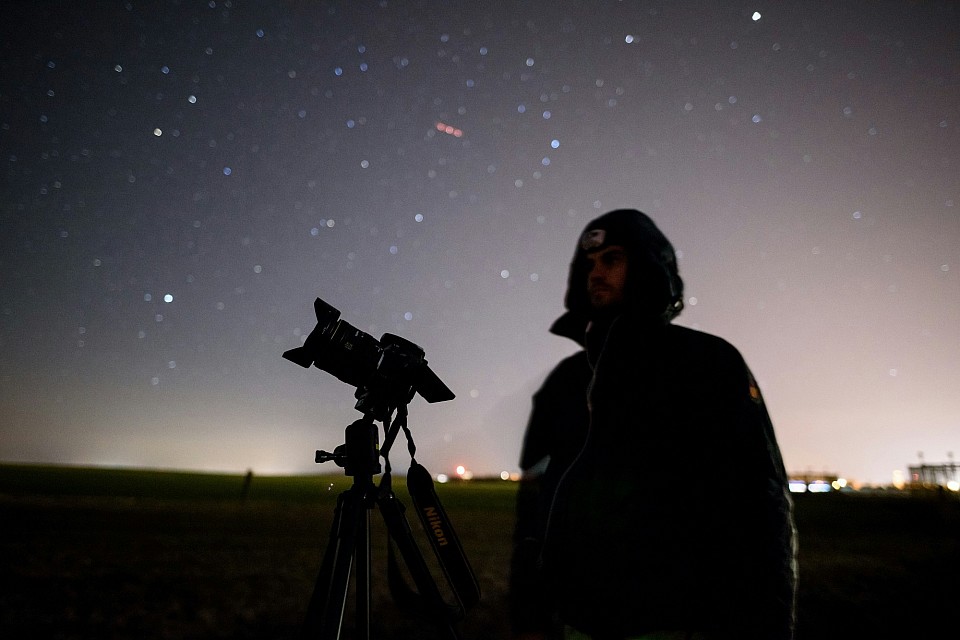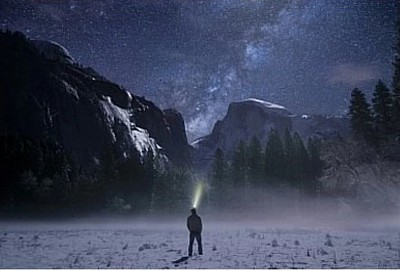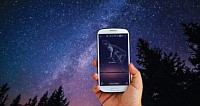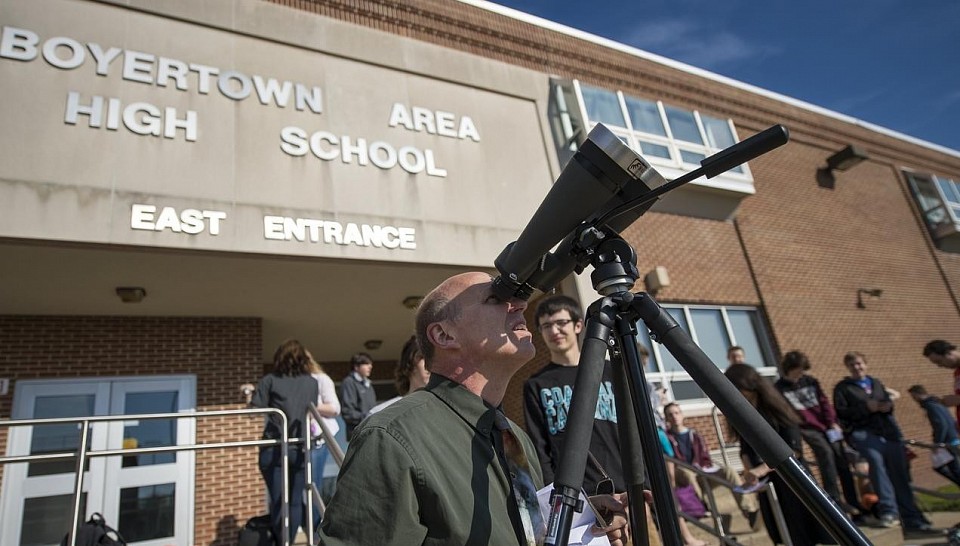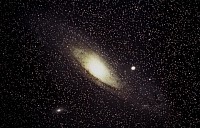The Complete Beginner’s Guide to Stargazing
🧑🚀 Meet the Creator — Lee Shephard Author of Astronomy Emporium and passionate stargazer.
💬 “When I started out in astronomy over 15 years ago, my wife bought me a pair of Olympus 10x50 DPS binoculars. These are great ‘bins’ — I still use them today!”
Even with just your eyes, the night sky is magical. But with binoculars, it’s like switching to HD:
✨ The Pleiades (Seven Sisters): See far more than just seven stars — discover the full cluster.
🌌 Orion’s Nebula (M42): A faint smudge becomes a glowing stellar nursery.
🌠 The Milky Way: Already beautiful, but through binoculars, it bursts into thousands of colorful stars.
Binoculars give a wide view — perfect for sweeping the sky and learning your way around before moving up to a telescope.
📌 Want help choosing binoculars? Check out our Binoculars for Stargazing Guide 🔭
LOOK UP!!!
Why Stargazing Is the Perfect Free Hobby
Stargazing is one of the few hobbies where you can get started without spending a single penny. All you need is a clear sky, a little patience, and a sense of curiosity. Whether you’re in your back garden, a local park, or even leaning out of a window, the stars are always waiting.
It’s also a fantastic way to unwind after a long day. There’s something deeply calming about standing under a vast sky, watching planets rise and constellations slowly move overhead. Best of all, it’s family-friendly, screen-free, and surprisingly educational.
Beginner’s Guide to Stargazing
What common mistakes should beginners avoid?
Rushing to buy an expensive telescope, trying to observe in light-polluted areas, and forgetting to dress warmly are the top mistakes. Start simple and enjoy the process.
👉 Read:
Top Five Mistakes Made by Beginner Astronomers
How do I start reading the night sky?
Start by learning a few key constellations and bright stars. Star maps, apps, or simple guides make this easy. Once you know the basics, you’ll spot planets, meteors, and deep sky objects with confidence.
👉 Explore:
How to Read the Sky
How can I track what’s in the sky each month?
A monthly sky guide helps you spot planets, constellations, and meteor showers without confusion. Mark the highlights on a calendar or app for easy reference.
👉 See also:
What’s in the Sky This Month? 2025
How can I find deep sky objects as a beginner?
Start with bright star clusters, nebulae, and galaxies visible to binoculars. Use online guides or apps to locate them, then upgrade to a telescope when ready.
👉Search:
How to Find Deep Sky Objects
Getting Started with Just Your Eyes
You don’t need a telescope to enjoy the night sky. In fact, some of the most beautiful sights can be seen with your naked eye. Here’s what you can spot with no gear at all:
The Moon – Even a quick glance reveals craters and shadows. Bright planets – Jupiter, Venus, and Mars are often visible without aid. Constellations – Patterns like Orion, the Plough, and Cassiopeia are easy to find. The Milky Way – In dark locations, you may spot this glowing band of stars stretching across the sky.
The more time you spend looking up, the more you’ll notice. Try turning off nearby lights, giving your eyes 20 minutes to adjust, and using a red torch if needed.
Free Stargazing Apps That Make It Easy
You don’t need to know the sky by heart — just use a stargazing app! These free tools use your phone’s GPS and compass to help you identify stars, planets, constellations, and even satellites.
Here are a few great ones to try:
These apps work offline once downloaded, so they’re perfect for stargazing in remote spots with no signal.
Stellarium– Like a planetarium in your pocket. Ideal for beginners and available on all platforms.
SkyView Lite – Point your phone at the sky and see what’s up there in real time.
SkySafari – A powerful but user-friendly app that’s great for learning the night sky.
Where and When to Stargaze
The best stargazing experiences happen under dark skies, away from city lights. Even if you live in an urban area, a short drive to a rural spot can reveal a spectacular view of the night sky.
Light Pollution: Use light pollution maps online (for example, Dark Site Finder) to locate the darkest areas near you.
Local Parks and Countryside: Often, local parks or nature reserves are great places to escape harsh city lights.
Moon Phases: A new moon night is ideal, as the absence of the moon’s bright light lets fainter stars shine through. Check a lunar calendar to plan your stargazing sessions.
Weather Conditions: Clear skies, low humidity, and calm winds are your best friends when it comes to stargazing.
Every season brings its own set of visible constellations and celestial events. For instance, winter skies often feature Orion prominently, while summer might treat you to the Milky Way stretching overhead.
By planning ahead and choosing the right time and place, you’ll maximize your chances of witnessing the wonders of the night sky.
Finding the Perfect Spot:
Timing is Everything:
Seasonal Tips:
Seasonal Stargazing Highlights
The night sky is always changing — and each season brings its own spectacular sights. Here’s a quick guide to some of the best objects to look for throughout the year:
🌟 Winter:
Orion’s Belt and the glowing Orion Nebula (M42) are show-stoppers.Sirius, the brightest star in the sky, shines clearly in the south.
Spot Aldebaran in Taurus and the Seven Sisters (Pleiades cluster).
🌿 Spring:
The Leo constellation roars into view.
Look for Virgo’s bright star Spica and several distant galaxies (with binoculars or a telescope).
Lyrids Meteor Shower peaks in
☀️ Summer:
The Milky Way arches overhead in darker skies — a real treat!The Summer Triangle (Vega, Deneb, and Altair) dominates the night.
Don’t miss the Perseids Meteor Shower in August.
🍂 Autumn:
Spot Andromeda Galaxy (M31), our nearest galactic neighbour.Cassiopeia and Pegasus form a path through deep space.Jupiter and Saturn often rise earlier and appear brighter.
AstroGrandad 🌌 Pro Tip
Download a free sky map app like Stellarium, SkySafari, or Star Walk to help you find these objects in your local sky.
Top stellar targets to view through binoculars
🎯 My Top Targets for Binocular Viewing:
Andromeda Galaxy (M31) – A distant spiral galaxy, visible as a faint smudge over 2 million light-years away.
Double star Albireo (Cygnus) – A stunning pair: one golden, one blue.
The Orion Nebula – A stellar nursery rich in detail, even with modest magnification
🔧 Choosing the Right Binoculars for Stargazing:
Aperture – Bigger lenses = more light = brighter images.
Look for 50mm or more.
Magnification – 7x or 10x is ideal.
Higher magnification can cause shake.
Field of view – Wider is better for scanning the sky.
Orion UltraView 10x50 – Great for glasses wearers, with a wide field and bright image.
Celestron SkyMaster Series – Trusted for astronomy use, with larger objective lenses.
Nikon Aculon Series – Lightweight, affordable, and solid quality.
🔭 Looking for the best binoculars for stargazing?
🌟 Great Beginner Picks: Visit
Beginners Astronomy stargazing Q and A’s
Q: Are binoculars better than a telescope for beginners?
A: For total beginners, yes. Binoculars are easy to use and perfect for scanning star fields and spotting bright objects like the Pleiades or Orion’s Nebula. They also cost less and need no setup.
Find your Stargazing Binoculars Here
Q: What planets can I see with the naked eye?A: Venus, Mars,
Jupiter, and Saturn are often visible without a telescope. They don’t twinkle like stars and tend to shine steadily. You can usually spot them just after sunset or before sunrise.When you’re ready to see the planets and Stars more closely you might want to invest in
The Best Telescope for Beginners
🔭 New to Stargazing? Start Here.
Just getting started with astronomy? Whether you’re curious about the stars or looking for your first telescope, we’ve got you covered:
Explore more here
🔭 Explore Our
Beginner’s Buying Guide
Your essential first step – learn what equipment you really need and avoid common beginner mistakes.
💷 Compare
Telescopes Under £300
A hand-picked list of budget telescopes with great reviews and performance.
🧭 Learn What to Look for in
Binoculars for Stargazing
Binoculars can be just as useful as telescopes — here’s what to look for.
📖 Telescope Reviews for Beginners
We test and review popular models so you don’t have to guess what’s worth 🔭 Explore Our Beginner’s Buying Guide
Your essential first step – learn what equipment you really need and avoid common beginner mistakes.
💷 Compare Telescopes Under £300 A hand-picked list of budget telescopes with great reviews and performance.
🧭 Learn
What to Look for in Binoculars for Stargazing
Binoculars can be just as useful as telescopes — here’s what to look for.
📖 Telescope Reviews for Beginners
We test and review popular models so you don’t have to guess what’s worth buying.
🛍️ Astronomy Shops in the UK Find trusted telescope retailers and equipment stores near you or online.
🌌 Amazing Astronomy Facts
Impress your friends with weird, mind-blowing space trivia
.🛍️ Astronomy Shops in the UK
Find trusted telescope retailers and equipment stores near you or online.
📝 Read Our Blog
Helpful articles, tips, and unusual space facts — updated regularly.
🌌 Amazing Astronomy Facts
Impress your friends with weird, mind-blowing space trivia.
🔎 Still Got Questions? We’re Here to Help
If you’re unsure where to begin or want help picking the right telescope, feel free to get in touch or follow us on social media for updates, reviews, and beginner tips. You don’t have to figure it all out on your own — we’re building this community for you.
Thanks for visiting Astronomy Emporium — we hope this beginner’s guide has helped you get one step closer to discovering the stars. Clear skies and happy stargazing!
